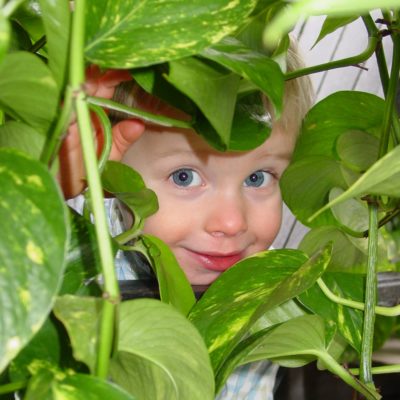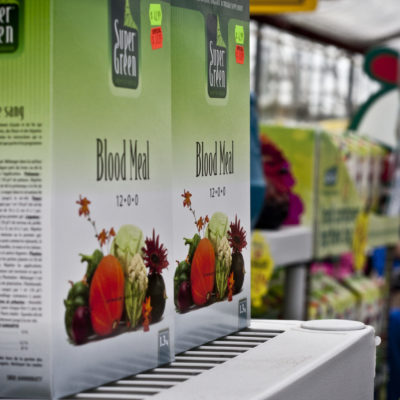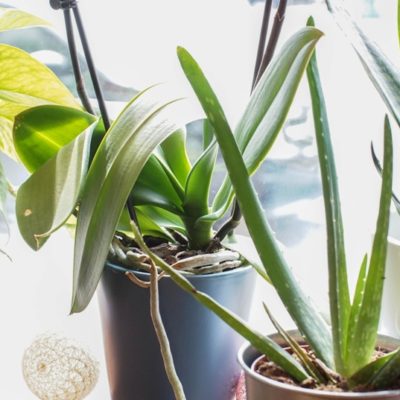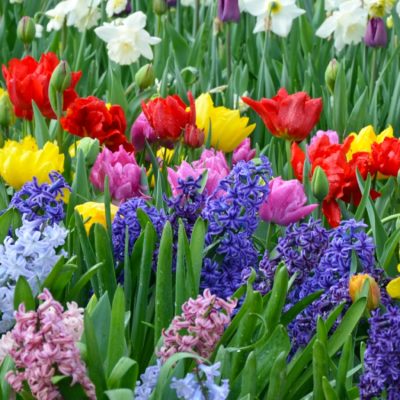
Seed Starting Part 2: Timing Is Everything
So, you’ve got your seeding station all set up, all your containers are washed and sterilized, and you’ve memorized the seed catalogue. Time to start seeding, right? Well, not quite yet.
Yes, it’s true that winter and early spring is a great time to start your seeds indoors, but it really depends on the varieties you’ve chosen. Some vegetables like peppers, tomatoes, and most members of the brassica family (broccoli, cauliflower, kale, etc.) need the extra few weeks indoors to get a head start on the season.
But most annual flowers, like Nasturtiums, can handle being sown directly outside once the weather warms up. Perennials can be an either/or situation, since they have multiple years to thrive and grow out in the garden. If you wait and sow them directly outside, you may not get flowers this year but you’ll have more indoor space for seeding.
So the best thing to do is to slow down, grab a hot cup of whatever to blast away the winter chills, and read those adorable seed packets. They are filled with mountains of information, including:
Sowing/Start Indoors – This is for us impatient gardeners who need to get their hands in the dirt right now! Depending on the supplier, this will either be shown as an actual month or season (i.e. early spring, March/April) or “weeks before last frost” which will require you to do a little math. In southern Ontario, the last frost* is typically mid- to late May (sometimes June, yuck) so simply count backwards from that week and you’ll know your optimal seeding timeframe. If you’re looking to seed different varieties, write down all the sowing dates in a calendar or journal to help keep all your days in order.
*There is an old wives’ tale that claims the last chance for spring frost is the first full moon after Victoria Day, meaning it could be as late as mid-June!
Start Outdoors – For those varieties that don’t need the extra growing time inside, this is the timeframe to seed directly outside into the garden, planters, window boxes, etc. Typically this is well after the chance of frost has passed and the temperature is consistently rising above 10°C day and night.
Days to Harvest – This has been a tricky one to decipher, and is usually only found on annual vegetable varieties. Typically, this indicates the number of days from transplanting seedlings outside to harvesting the first crop (so your very first tomato, not the last). It does not take into account indoor seeding dates.
Sow By Date – No, this is not the same as the expiry date on your tub of yogurt. This date indicates when the germination rate will start to drop, so if your packet says “Sow By March 2020” and you plant the seeds the following year, instead of 90% germination (or 9 out of 10 seeds sprouting) you may only see 70-80% of your seeds grow. And just like that questionable yogurt container in your fridge, if you’re not comfortable with the risks you should get some new seeds…and dairy products.
Planting Depth – Very important information! Planting your seeds at the optimal depth and spacing will help ensure a high germination rate. Too deep and you’ll have delayed sprouting, but not deep enough will mean your seeds dry out too quickly and they’ll just wither and die.
Seed Spacing – This has more to do with germination rates than anything else, since you’ll rarely find a seed packet with 100% germination. By seeding more than you think you need and having them closer together (say, at 2” intervals) you’ll have more plants to choose from when the time comes to thin them out (see below).
Thin To – This is another way to say “spacing” but it applies after your seedlings have sprouted. If your pepper packet tells you to “thin to 35cm (14inches)” this means your peppers should be 14” apart in the garden. If you choose to seed multiples in single trays or larger containers to save work space, you’ll have to “thin out” or sacrifice some seedlings (more on that in Part 4).
Comments/Special Instructions – Pretty self-explanatory; this is where the seed variety’s little nuances come to light. If you need to soak, chill, or scratch your seeds before planting, or if they prefer fertilizers with high phosphorus and potash but low nitrogen (I’m looking at you, tomato) this is where they’ll tell you. Many pepper packets will have the ideal temperature for germination, since they like to be on the warmer side to sprout. If you’re going for a pre-fab flowering mix to get a range of blooms, they’ll list all the variety names here, as well.
And of course seed packets will often have other details, like what the variety will look like in your garden spaces, its height and/or spread when it reaches maturity, etc. Isn’t it amazing that they can have all that information crammed into that tiny space?! So refill your mug and grab your calendar, because those planting days are coming up fast!
Next in our Seeding series – Part 3: Planting (Finally!)





